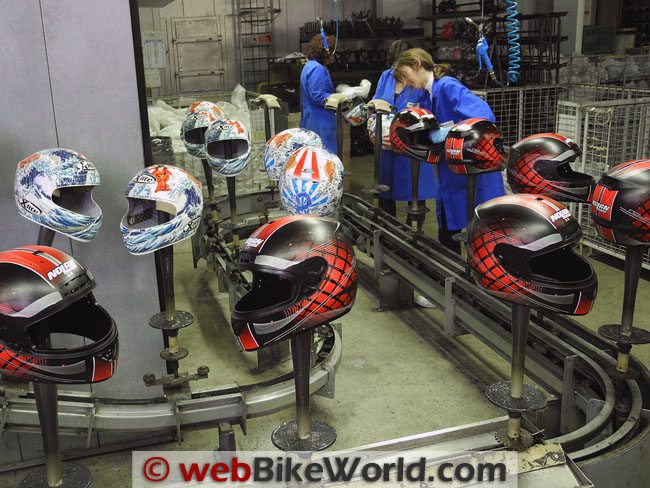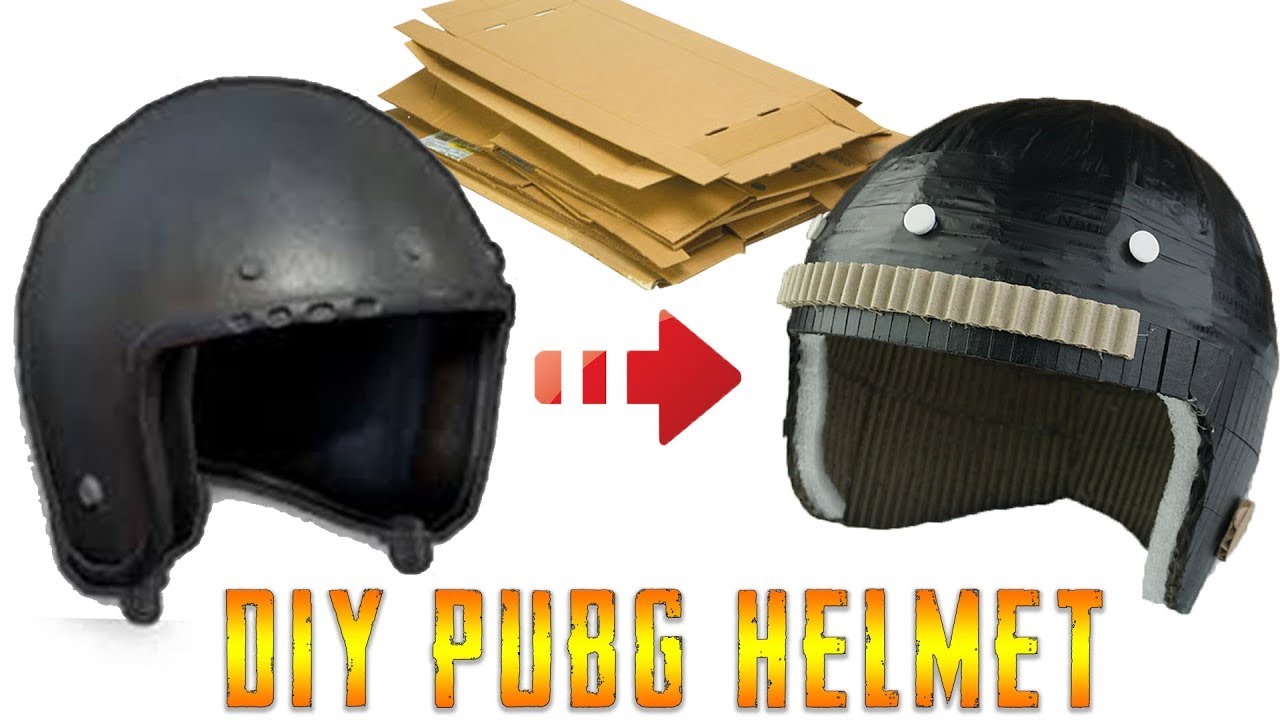A motorcycle helmet is one of the most important pieces of safety equipment that a rider can have. It is estimated that helmets reduce the risk of death in a crash by 37 percent and the risk of head injury by 69 percent. While many riders choose to wear a helmet because it is required by law, others see the value in wearing one for their own protection.
No matter what your reason for wearing a motorcycle helmet, there are certain steps you should take to ensure that it fits properly and provides maximum protection.
In order to make sure your motorcycle helmet fits properly, you will need to measure your head. To do this, wrap a measuring tape around your head just above your eyebrows and ears.
Make sure the tape is level all the way around and record the measurement in inches or centimeters. Once you have your measurement, consult a size chart to find the corresponding helmet size.
When trying on a motorcycle helmet, it should fit snugly all the way around without being too tight.
The front of the helmet should sit low on your forehead and be level with your eyebrows. You should not be able to see much sky when looking up while wearing the helmet. The straps should also be adjusted so that they fit snugly under your chin without being too tight or causing discomfort.
- Decide on the type of motorcycle helmet you want to make
- Choose the right materials
- Cut out the pattern pieces for the helmet shell and lining
- Assemble the helmet shell and lining
- Attach the straps to the helmet

Credit: www.webbikeworld.com
How Can I Make a Helmet at Home?
There are a few different ways that you can make a helmet at home. One way is to use a moldable material like EVA foam or Wonderflex. These materials can be heated and then formed into the shape of a helmet.
You will need to make sure that the material is thick enough to provide adequate protection.
Another way to make a helmet at home is to use cardboard or other stiff materials. You will need to cut out pieces that fit together snugly around your head.
You can then glue or tape these pieces together. Again, you will want to make sure that the material you use is thick enough to provide adequate protection.
Finally, you could also 3D print a helmet using PLA or ABS plastic filament.
This would require access to a 3D printer, but would allow you to create a custom-fit helmet specifically for your head size and shape. Again, you would need to use thicker materials in order for the helmet to provide adequate protection.
How is a Motorcycle Helmet Made?
A motorcycle helmet is made up of three main parts: the shell, the liner, and the retention system. The shell is the tough outer layer that protects your head from impact. The liner is a softer, energy-absorbing material that sits between your head and the shell.
The retention system (usually a strap) keeps the helmet securely on your head in a crash.
Most motorcycle helmets are made of polycarbonate plastic. Some premium helmets use carbon fiber or other composite materials for even better protection.
The shell protects your head from impacts and penetration by sharp objects. It also deflects wind to help keep you aerodynamic and reduce wind noise.
The liner is usually made of expanded polystyrene foam (EPS).
EPS absorbs energy by crushing under heavy impact, which helps protect your head from serious injury in a crash. Some premium helmets have multiple densities of EPS to provide better protection at different impact speeds.
The retention system consists of a chin strap and sometimes additional straps that go over or around your head to keep the helmet securely in place during a crash or sudden stop.
A good retention system will stay snug but not too tight, be easy to adjust with one hand, and include padding or other features to prevent chafing or discomfort.
What Material is Used to Make Helmets?
Most helmets are made from polycarbonate plastic. This is a strong, lightweight material that can withstand high impact forces. Some helmets also have a layer of foam padding on the inside to help absorb impact energy and protect your head from sharp objects.
The padding is usually made from polystyrene or expanded polypropylene.
How Do You Make a Motorcycle Helmet Visor?
Assuming you would like a step-by-step guide on how to make a motorcycle helmet visor:
1. Gather your materials. You will need a clear plastic sheet, scissors, sandpaper, and double-sided tape.
2. Cut the plastic sheet to the desired size and shape for your visor. Use sandpaper to smooth out any rough edges.
3. Attach the visor to the helmet using double-sided tape.
Make sure it is secure and will not come loose while you are riding.
How to Make Motorbike Helmet || Interesting Process || complete video
How to Make Helmet
Assuming you would like a blog post on how to make a helmet:
There are many reasons why someone might want to make their own helmet. Maybe they’re into extreme sports and need something more durable than what they can find in stores.
Or maybe they’re looking for a more personalized fit. Whatever the reason, making your own helmet is not as difficult as you might think.
To start, you’ll need to gather some materials.
You’ll need a base layer (this can be anything from Styrofoam to thin plywood), something to cover the base layer (fiberglass or Kevlar work well), and finally, a way to fasten everything together (glue, tape, or straps). You’ll also want to consider ventilation and padding for comfort.
The first step is creating the base layer of your helmet.
This will provide the foundation for everything else, so it needs to be strong yet lightweight. If you’re using Styrofoam, cut out a basic shape that covers your head and extends down over your ears. If you’re using plywood, cut out two pieces that fit snugly over your head and connect at the back.
Once you have your base layer created, move on to covering it with your chosen material.
If you’re using fiberglass or Kevlar, wet layering is the best method. This simply involves soaking strips of cloth in resin and then laying them over the base layer until it’s completely covered.
For added strength, use multiple layers of cloth laid in different directions. Once you have all your layers in place, allow the resin to cure according to the manufacturer’s instructions before moving on.
If you decided on straps instead of glue or tape to fasten everything together, now is the time to add them.
Start by attaching them at either side of the helmet near your temples. Then run them under your chin and around the back of your head before securing them again at the temples. You can adjust the tightness of the straps until you find a comfortable fit. Just be sure not to make them too tight as this could cause headaches or dizziness while wearingthe helmet . Finally , add any padding insidethe helmet for extra comfort . This can be as simple as cutting out foam shapes and gluing them in place .
Conclusion
Motorcycle helmets are an essential piece of gear for anyone who plans on riding a motorcycle. Not only do they protect your head in the event of an accident, but they also help to reduce wind noise and keep your head warm. When choosing a motorcycle helmet, it is important to consider the type of bike you will be riding, the climate you will be riding in, and your budget.
There are three main types of motorcycle helmets: full-face, modular, and open-face. Full-face helmets offer the most protection for your head, but they can be hot and uncomfortable in warm weather. Modular helmets offer some protection for your face while still allowing you to drink or eat while riding, and they are much cooler in warm weather than full-face helmets.
Open-face helmets provide the least amount of protection but are perfect for riders who want to enjoy the wind in their face while riding. No matter what type of helmet you choose, make sure that it fits properly so that it does not come off during an accident.
